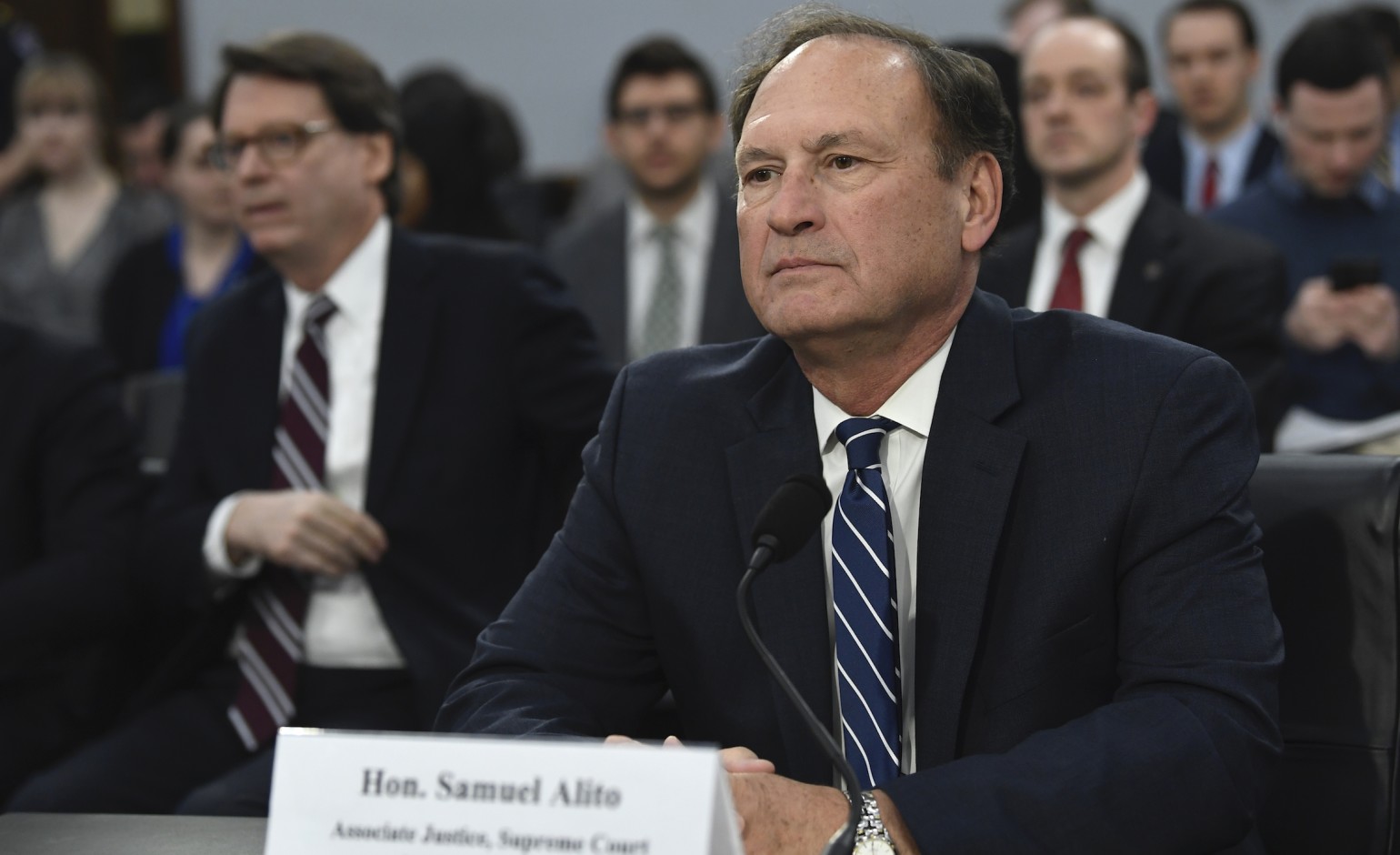Alito Does Not Explain His Recusal One Week After Kagan Explained Hers
 Fix the Court has since its founding called on the justices to explain their recusal decisions as a way to show the public that they take their ethical responsibilities seriously — and so that the public can get a sense of their potential entanglements, so we can help them out should they fail to disqualify when statute appears to compel it.
Fix the Court has since its founding called on the justices to explain their recusal decisions as a way to show the public that they take their ethical responsibilities seriously — and so that the public can get a sense of their potential entanglements, so we can help them out should they fail to disqualify when statute appears to compel it.
Out of the blue, last month’s “Statement on Ethics Principles and Practices” implied that the justices might start doing that, as it said, “a Justice may provide a summary explanation of a recusal decision, e.g., ‘Justice X took no part in the consideration or decision of this petition. See Code of Conduct, Canon 3C(1)(c) (financial interest)’ or ‘Justice Y took no part in the consideration or decision of this petition. See Code of Conduct, Canon 3C(1)(e) (prior government employment)’).”
Okay, then.
But it turns out the word “may” was doing a lot of work. Last week, Justice Kagan, in what may have been an all-time SCOTUS first, explained her recusal from a petition, 22-6206, Holland v. Florida, due to “28 U.S.C. §455(b)(3) and Code of Conduct for U.S. Judges, Canon 3C(1)(e) (prior government employment).” But today, Justice Alito did not offer an explanation when he stepped aside from 22-805, BG Gulf Coast LNG, L.L.C., et al., v. Sabine-Neches Navigation District. (His recusal was likely due to his ownership of Phillips 66 stock, which was a party on the petitioners’ side.)
But today, Justice Alito did not offer an explanation when he stepped aside from 22-805, BG Gulf Coast LNG, L.L.C., et al., v. Sabine-Neches Navigation District. (His recusal was likely due to his ownership of Phillips 66 stock, which was a party on the petitioners’ side.)
The justices may have had different work experiences or may have different investments in their portfolios, but they have the same ethical rules and responsibilities. They all signed on to the Statement on Ethics Principles and Practices.
So they should all follow the same practices when it comes to recusal explanations.